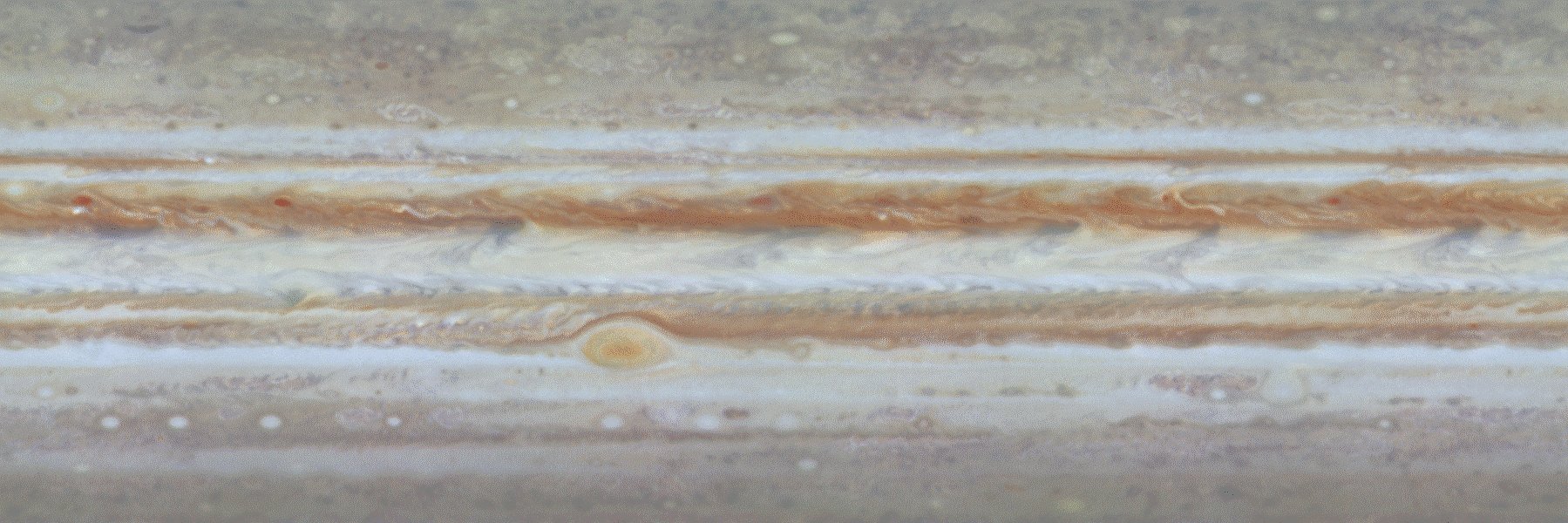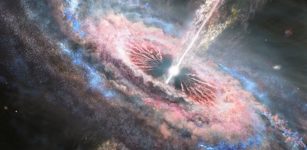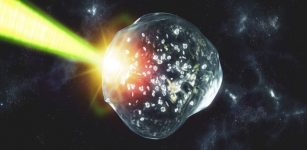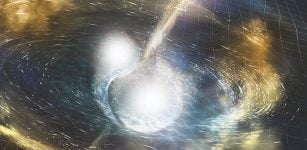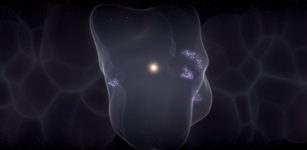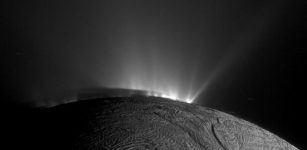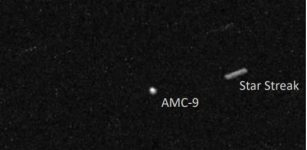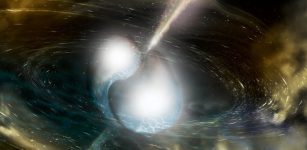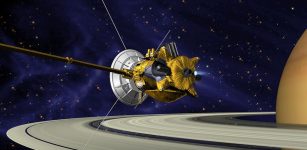10 Astronomy Facts: Remarkable, Fascinating And Puzzling
First version of this article was origianlly published on June 26, 2015
MessageToEagle.com – Our Universe is full of wonders, powerful forces and very interesting facts. Some of them are strange indeed.
Here is a list of some remarkable and fascinating astronomy facts. A couple of them can come as a surprise.
How long would it take a spacecraft to reach the nearest galaxy?
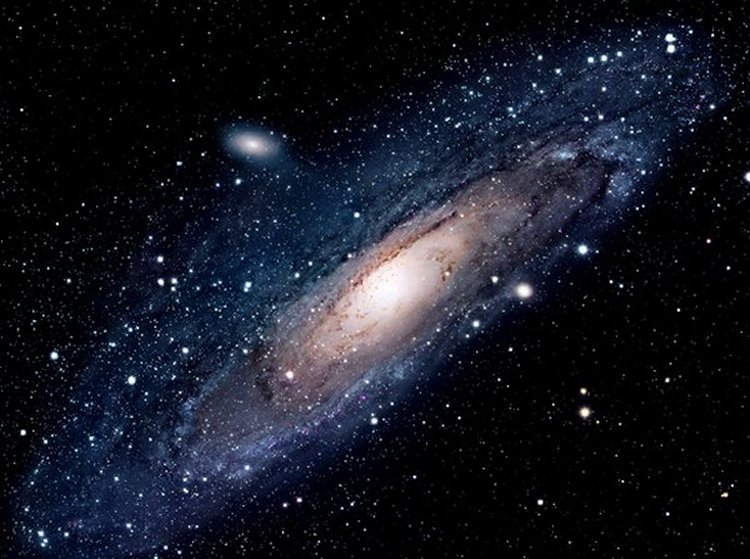
It depends on how fast it is traveling. However the general answer is a very, very long time. The nearest galaxies to us are the two irregular galaxies called the Large Magellanic Cloud and the Small Magellanic Cloud.
The nearest large galaxy is the spiral galaxy Andromeda – 2.9 million light-years away.
And now look at some distances from us: Large Magellanic Cloud – 179,000 light years away; Small Magellanic Cloud – 210,000 light-years away.
One light year is the distance that light travels in one year in a vacuum at a speed of 186,000 miles per second or about 5,880,000,000,000 miles! So, the nearest galaxies are still incredibly far away from us. Moreover, the technology required to travel between galaxies is far beyond our present capabilities.
We have only speculations and of course – science fiction.
Your weight on other planets is not the same
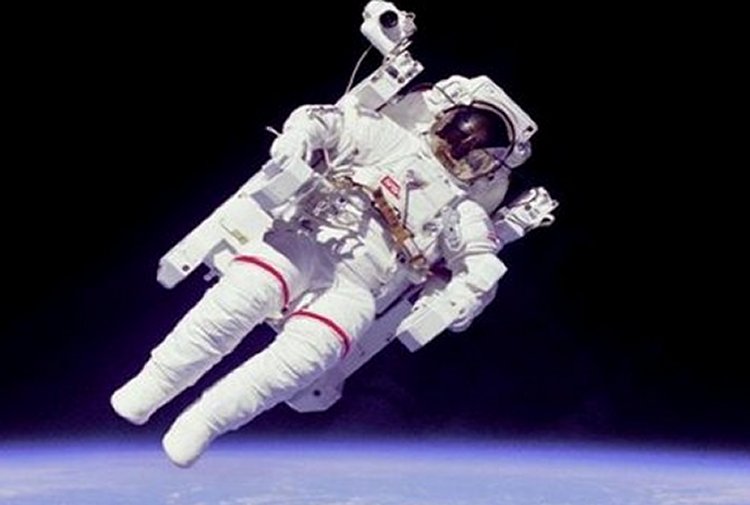
If you were to make a journey across our Solar System and land on different planets you would notice that you weighed different amounts on the different planets. This is because the gravitational field on their surface is different one from the other.
If the gravitational field was double that on Earth you would weigh twice as much as you do on Earth – and so would everything else!
The weight that you feel depends on many things, including your actual mass, the mass of the planet you’re on, and how far away you are from the center of that planet.
For example, an astronaut weighing 75 kilos on Earth would weigh only 28 kilos on Mars, but 175 kilos on Jupiter, 67 kilos on Uranus, 28 kilos on Mercury, etc. (source.)
We are seeing the past!
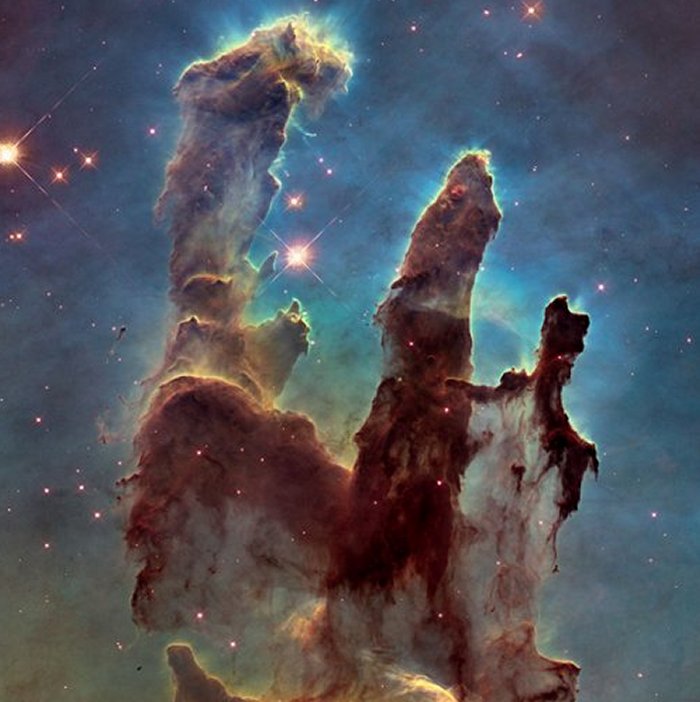
When looking at stars, we are actually looking into the past. Many of the stars we see at night have already died.
Light from distant stars and galaxies takes so long to reach us, that we are actually seeing objects as they appeared hundreds, thousands or even millions of years ago.
So, as we look up at the sky, we are really looking back in time. and this explains why for example, the Pillars of Creation are gone.
Pillars of Creation – two 4-light-year-tall columns located in the Eagle Nebula, 7,000 light years away, were first photographed in 1995 but they don’t exist anymore; they were destroyed more than a thousand years ago.
The dark and cold side of Mercury
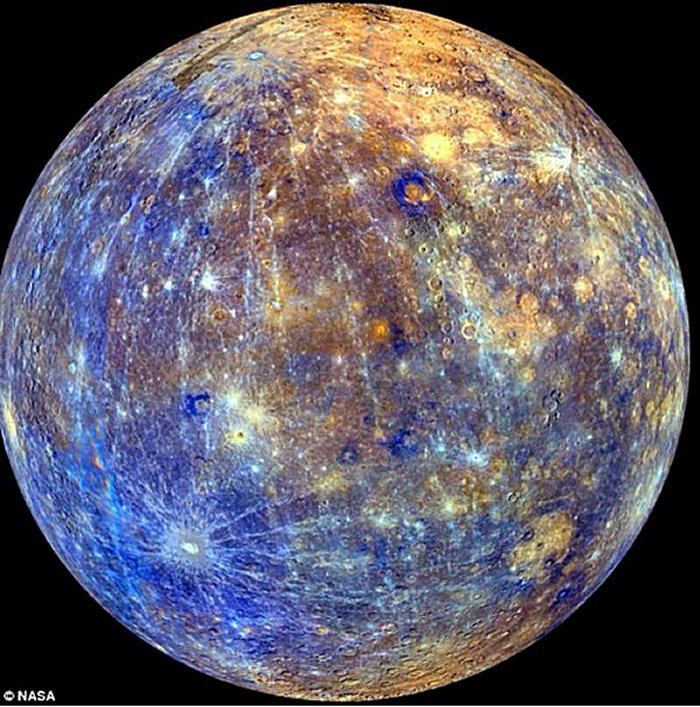
Even though Mercury is the closest planet to the Sun, temperatures can reach -280 degrees F. Why? There is a simple explanation.
Since Mercury is the closest planet to the Sun, spins slowly, and does not have much of an atmosphere to trap heat, its temperature varies greatly.
Mercury’s temperatures can go between -279 Fahrenheit (-173 Celsius) at night to 801 Fahrenheit (427 Celsius) during the day. This is hot enough to melt lead!
Long-lasting storm in our solar system
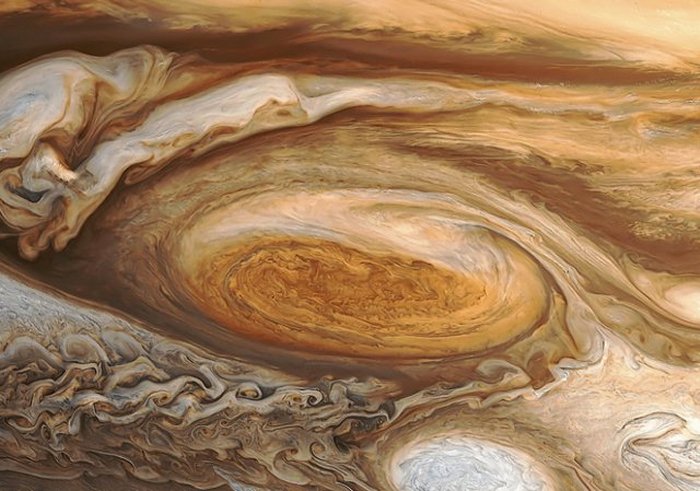
Jupiter has some of the most extreme and violent weather in the Solar System. Gigantic storms such as the Great Red Spot rage in its thick atmosphere and tremendous bolts of lightning and last for years or even centuries.
The Great Red Spot – that has lasted at least 300 years – is three times larger than the Earth and was first seen by the English scientist Robert Hooke in 1664.
The spot’s colour varies, occasionally making it difficult to see against Jupiter’s thick clouds. It moves across the planet in a band that remains at a fixed distance from the equator.
The Great Red Spot is so big that dozens of Earths would fit into it.
The incredible number of stars in the Universe
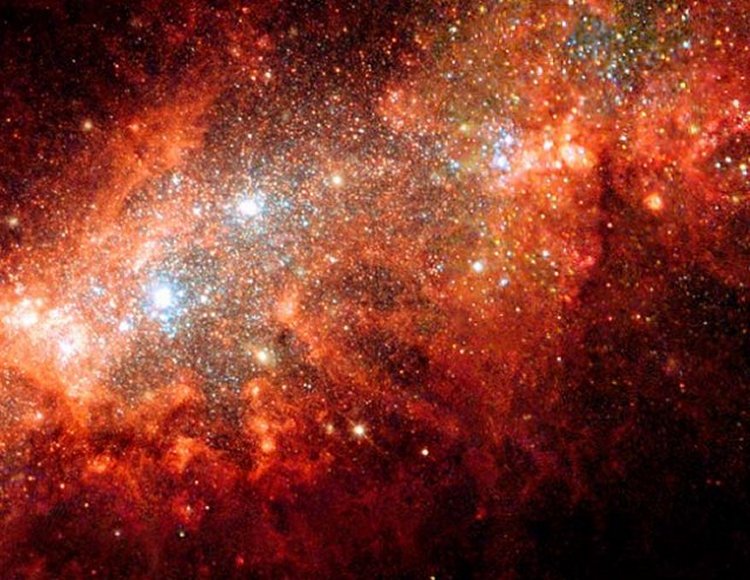
The nearby dwarf galaxy NGC 1569 is a ‘hotbed’ of vigorous star birth activity which blows huge bubbles and super-bubbles that riddle the main body of the galaxy.
Its estimated that the number of stars in the universe is greater than the number of grains of sand on all the beaches in the world! On a clear night, we can see the equivalent of a handful of sand.
Even on the clearest night, the human eye can only see about 3,000 stars. There are an estimated 100,000,000,000 in our galaxy alone!
Our powerful Sun
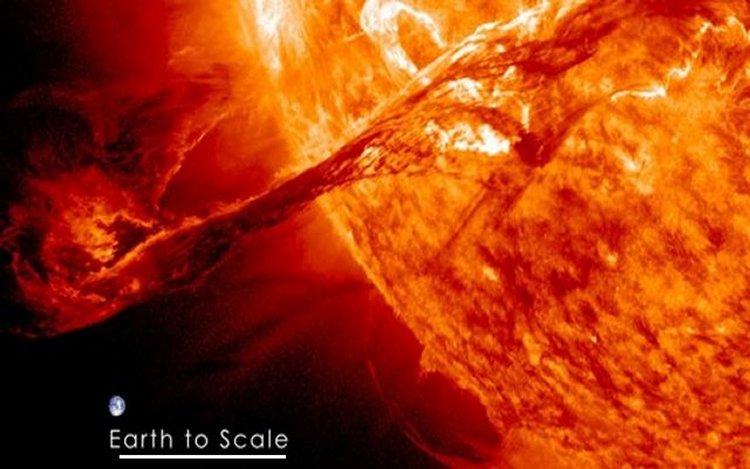
The Sun is so large that a million Earths could fit inside it. The Sun supplies all of our energy, and without it, we would be colder and darker than Pluto. It is about 14 million degrees Celsius at its center.
NASA watches the Sun closely, especially for sunspots, solar flares, and coronal mass ejections (CMEs). Although the sun is over 92 million miles from the Earth, these irregularities can affect us here on Earth through radiation (the only type of heat transfer that can travel through a vacuum).
The Sun produces so much energy, that every second the core releases the equivalent of 100 billion nuclear bombs.
Still, our Sun is relatively small compared to other stars.
Betelgeuse – A new supernova will be born “soon”
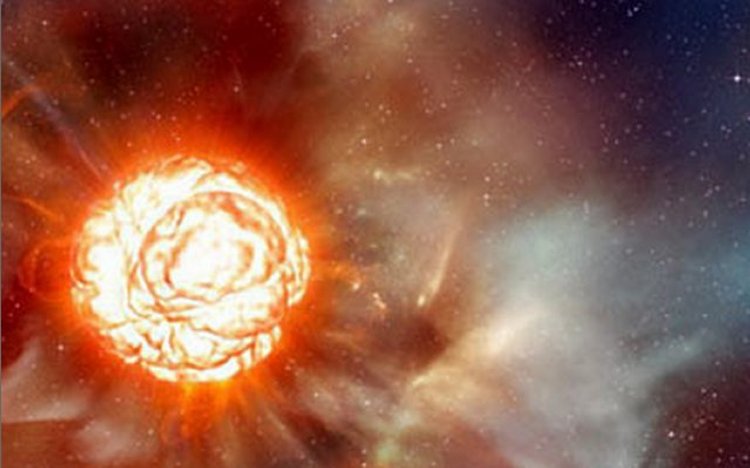
Betelgeuse is one of the stars that can be seen in the night sky. It marks its western (right) shoulder of the Hunter, or Giant, in the distant galaxy M82.
It is the ninth-brightest star in the night sky and second-brightest in the constellation of Orion. It is a red supergiant about 13,000 times brighter than our sun and over 1000 times larger.
If you placed Betelgeuse in the place of our Sun, it would extend past the orbit of Jupiter!
Astronomers know that Betelgeuse will one day explode as a supernova.
Volcanoes on Jupiter’s moon
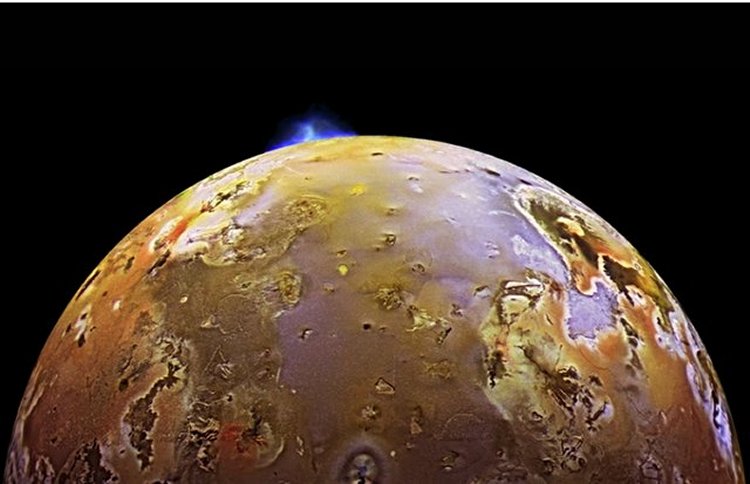
Jupiter’s strange moon Io – is literally bursting with volcanoes. Dozens of active vents pepper the landscape which also includes gigantic frosty plains, towering mountains and volcanic rings the size of California.
Volcanoes on Jupiter’s moon Io are the hottest spots in the solar system with temperatures exceeding 1800 K (1527 C).
Io’s volcanoes eject materials at speeds of 1km every second, which means 20 times the speed of what the volcanoes on Earth achieve.
The plumes which rise 300 km into space are so large they can be seen from Earth by the Hubble Space Telescope.
It’s probably the most remarkable Galilean moons of Jupiter and the most volcanically active body in the Solar System. It’s hot; tremendous heat in Io’s interior, which is relieved through surface volcanism, resulting in 25 times more volcanic activity than occurs here on Earth.
Saturn’s low density and odd, six-sided feature known as hexagon.
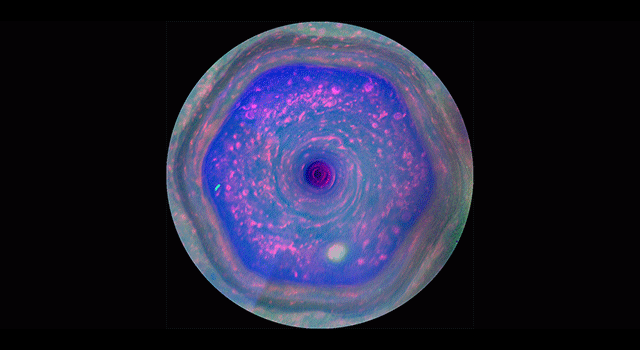
Saturn has the lowest density of any planet in our solar system. Its density is so low that it would float if it was placed in water.
See also:
5 Beautiful Nebulae – Among The Most Amazing Astronomical Objects In The Night Sky
The winds in Saturn’s atmosphere reach speeds up to 1800 kilometers per hour! However, one of the greatest mysteries observed in space is an odd, six-sided feature known as hexagon circling the north pole of Saturn.
It’s the planet’s gigantic jet stream that follows a hexagon-shaped path. The feature appears to be fixed with the planet’s rotation rate and axis.
The phenomenon has long puzzled astronomers and now, astronomers believe they may have found an explanation.
© MessageToEagle.com
source: NASA

